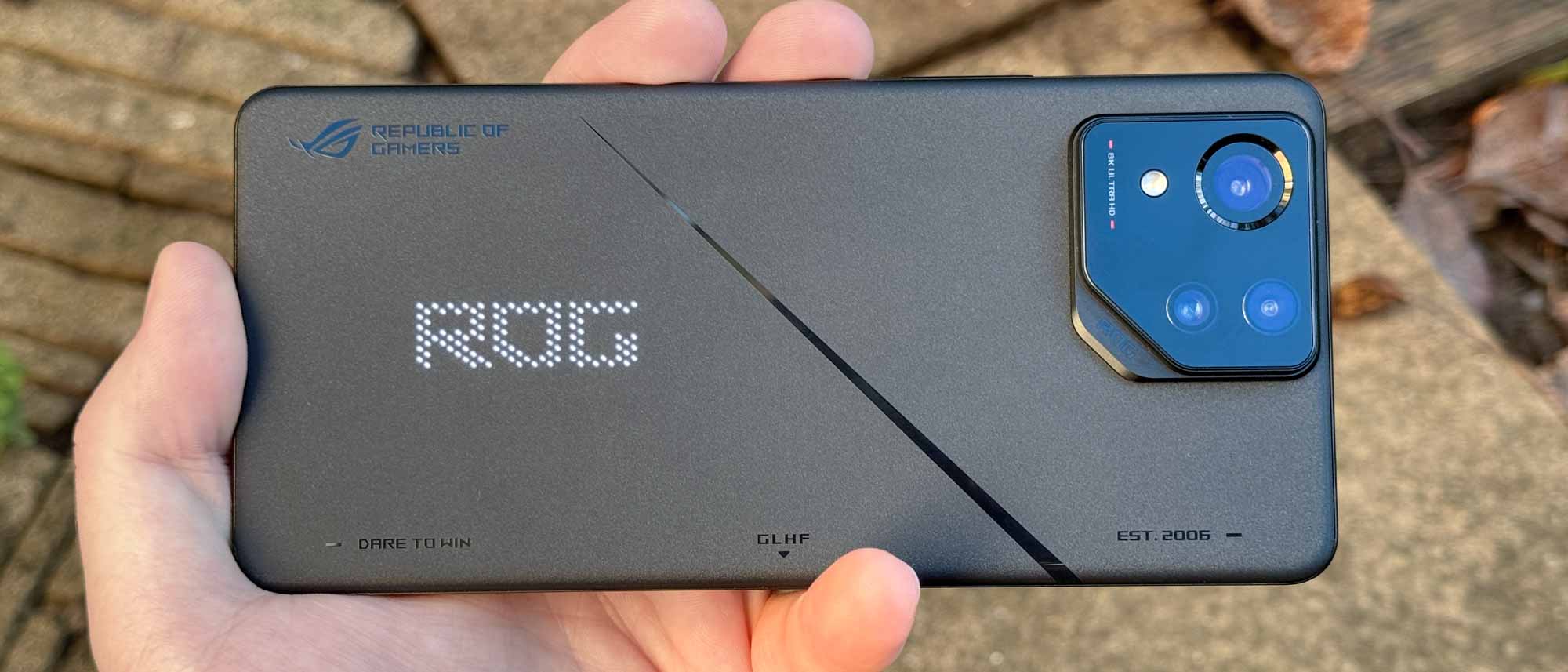Early Verdict
Pros
- +
3x telephoto camera
- +
Performance, RAM and storage to spare
- +
Thinner, lighter and waterproof design
Cons
- -
Smaller battery
- -
32MP telephoto camera limited to 8MP shots
Why you can trust Tom's Guide
It pains me to say it but there's more to life than gaming. And strangely this is a lesson Asus seems to have taken to heart with the newly announced ROG Phone 8 and ROG Phone 8 Pro — a pair of gaming phones that are trying not to shout about it.
You still get a big handset with a barrelful of RAM and the latest chipset, plus capacitive triggers and an optional cooler to stick to the back of the phone for your intensive gaming needs. But now there's a camera system with the specs to take on typical flagship phones, and a design that's focused more on practicality than RGB-lit drama.
We can't show you everything about the Asus ROG Phone 8 series just yet. But we can take you through all the important parts of this phone in this initial hands-on, and show you how Asus plans to tempt regular phone buyers to defect to the Republic of Gamers.
Asus ROG Phone 8: Specifications
| ROG Phone 8 Pro | |
| Price | £949 (~$1,209) |
| Display | 6.78-inch FHD OLED |
| Display resolution | 1,080 x 2,400 |
| Refresh rate | 1 - 120Hz, 165Hz |
| Rear cameras | 50MP gimbal-stabilized main (f/1.9), 13MP ultrawide (f/2.2), 32MP 3x telephoto (f/2.4) |
| Front camera | 32 MP selfie |
| Chipset | Snapdragon 8 Gen 3 |
| RAM | 12GB/16GB/24GB |
| Storage | 256GB/512GB/1TB |
| Battery | 5,500 mAh |
| Charging | 65W wired, 15W wireless |
| Colors | Rebel Grey, Phantom Black |
| Size | 163.8 x 76.8 x 8.9 mm (6.45 x 3.02 x 0.35 inches) |
| Weight | 225g (7.94 ounces) |
Asus ROG Phone 8: Price and availability
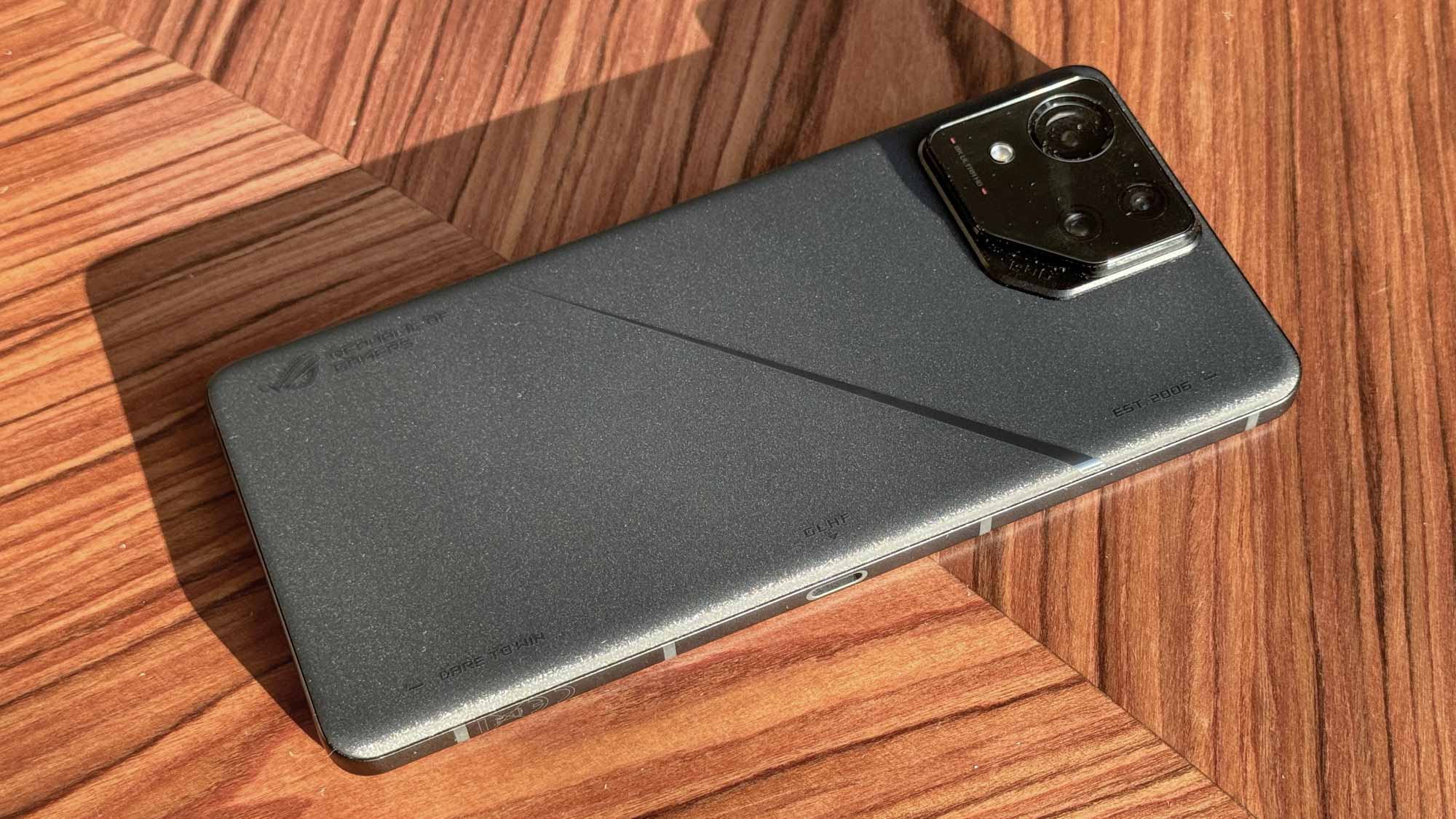
Asus has the ROG Phone 8 and ROG Phone 8 Pro up for pre-order from January 9, with full sales opening on February 4.
The standard ROG Phone 8 comes in a 12GB RAM/256GB storage variant only, and costs £949. The ROG Phone 8 Pro, which differs slightly in design and has 16GB RAM and 512GB storage, will instead cost £1,099. There's also the ROG Phone Pro 8 Edition, which takes the memory up to 24GB RAM and 1TB storage — while lumping in a free AeroActive Cooler X accessory in the box for £1,299.
With these prices in mind, Asus is going up against phones like the Galaxy S23 Plus and Galaxy S23 Ultra (and soon the Galaxy S24 Plus and Galaxy S24 Ultra), the incoming OnePlus 12, the iPhone 15 Pro Max and perhaps also the Pixel 8 Pro depending on where you draw your price brackets. Hopefully with Asus' change of direction with this year's iteration, the ROG Phone 8 will sit more comfortably in comparison with these types of phones rather than other new gaming-focused ones like the much cheaper RedMagic 9 Pro.
Asus ROG Phone 8: Design and display
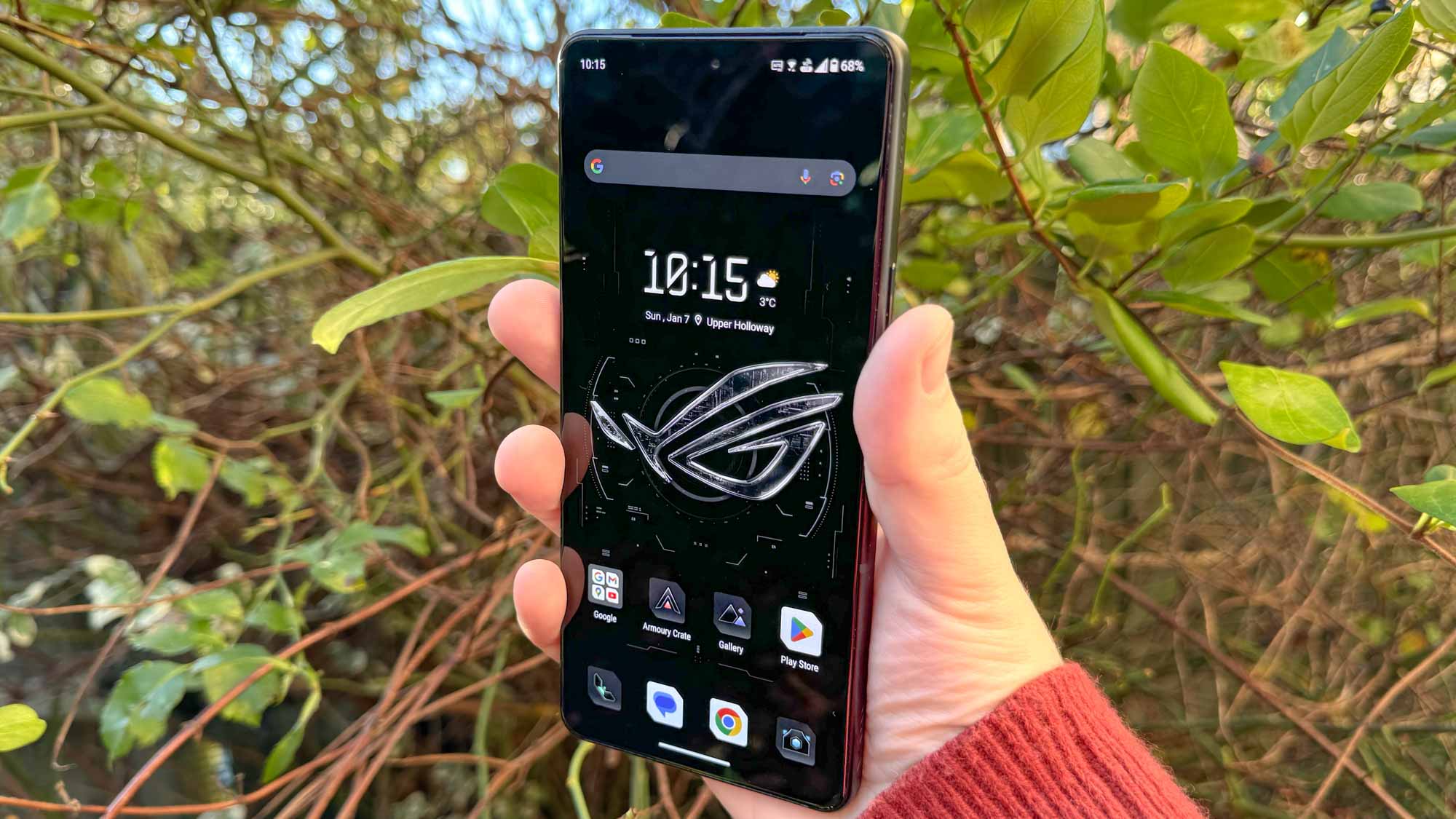
Whether you go pro or not, the ROG Phone 8 is lighter, shorter and wider compared to last year’s ROG Phone 7. But you still get a 6.78-inch FHD OLED display with a 1 - 120Hz adaptive refresh rate, and a 165Hz peak for certain games. Peak brightness is rated at 2,500 nits, which is enough to challenge top phones like the Galaxy S23 Ultra and iPhone 15 Pro if accurate.
Get instant access to breaking news, the hottest reviews, great deals and helpful tips.
You can also enjoy more of the display now that the traditional top bezel of ROG Phones has been replaced with a punch-hole camera like other recent Android phones. It helps the ROG Phone 8 look as up-to-date as its other specs would suggest, even if hardcore gamers may want to fiddle with the display settings to stop the cutout from blocking parts of an in-game interface.
The sharp-edged camera block and glossy accents to the ROG Phone 8 Pro’s matte-textured back do hint at this phone's gaming pedigree, but it's not as shouty as other gaming phones. That is until the AniMe Vision lighting activates. This consists of a matrix of white LEDs that are invisible when switched off, but can light up and animate in a number of pre-loaded patterns (or in a way you design yourself) when you open a game, get a notification or for many other common scenarios.
The standard ROG Phone 8 instead uses a four-zone RGB logo which offers more color but doesn't pull the same disappearing act when you switch it off.
Another major design change is the removal of the rear cooling cutout Asus used to include on its gaming phones. That means that the ROG Phone has finally achieved IP68 dust/water resistance, something that marks it out against other gaming phones. Asus is also using Gorilla Glass Victus 2 to protect the screen further.
We're still not done with the ROG Phone 8’s physical peculiarities though. It offers dual USB-C ports: one on the left side of the bottom edge (conveniently leaving room for a headphone jack) and the other on the left edge for powering up when you're holding the phone horizontally.
Your color choices for the ROG Phone 8 are a little limited. The base model is the only one that actually gets a choice, of either Rebel Grey or a glossy Phantom Black. The Pro gets a matte-textured Phantom Black only.
Asus ROG Phone 8: Cameras
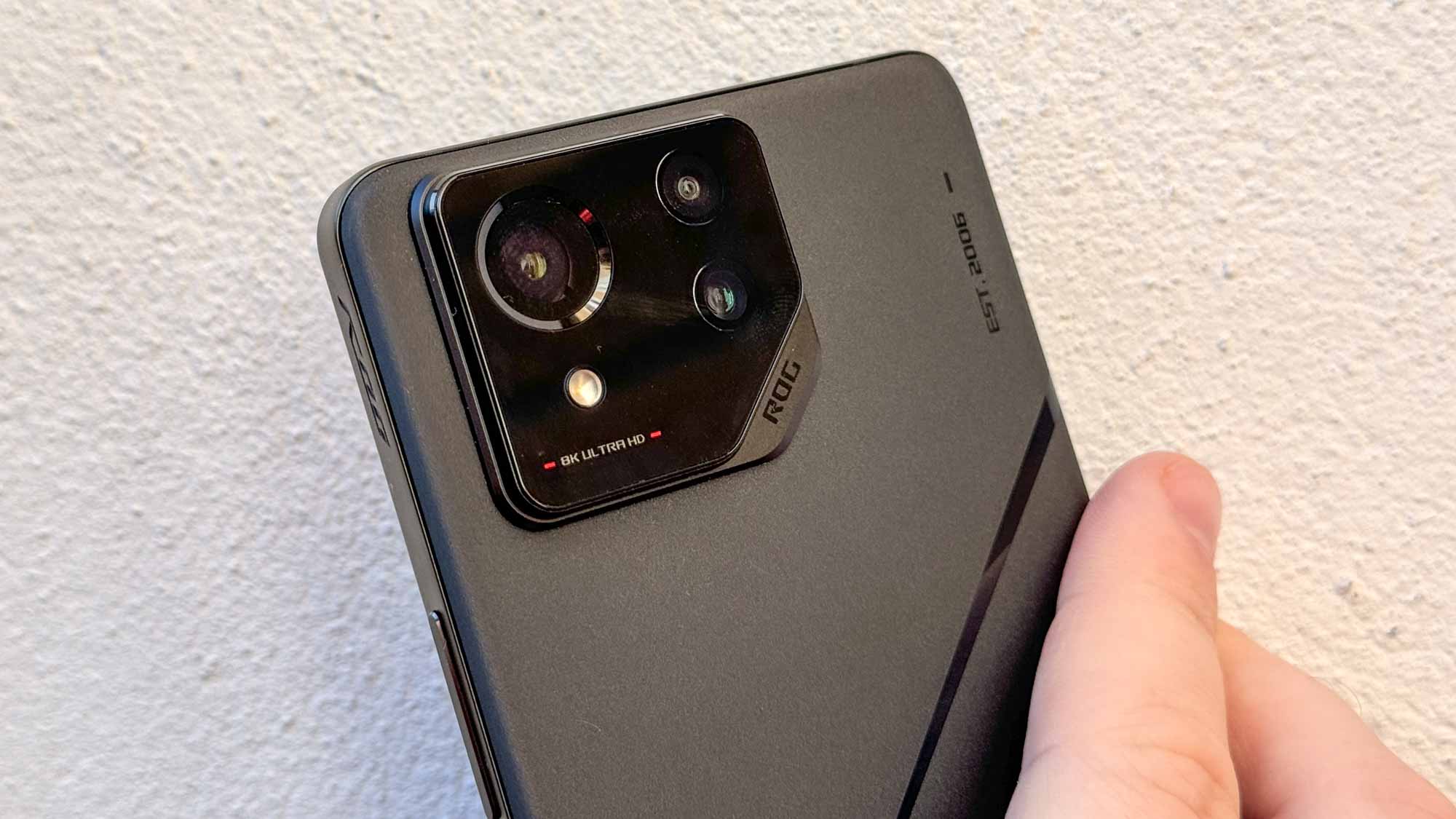
For a gaming phone, the Asus ROG Phone 8 is oddly camera-focused, and perhaps all the better for it.
Its main camera is 50MP like the last ROG Phone, but it’s now gimbal-stabilized like the Asus Zenfone 10 for smoother photo snapping and video recording. Not many phones offer this which could give the ROG Phone an unusually large advantage for action or tracking shots.
Asus fitted this main camera with a 2x lossless mode as well, common to recent flagship phones like the Samsung Galaxy S23 series and the iPhone 15 Pro. Meanwhile, the ultrawide camera has a 13MP sensor, also back from the ROG Phone 7, but with a new lens to reduce distortion.
The big upgrade this year is a 32MP 3x telephoto camera, replacing the macro sensor Asus had used on ROG Phones previously. This is a major boost that means one of the biggest feature sacrifices you had to make previously to go for a gaming phone is no longer a factor. It’s quite the shake-up.
The only potential issue is that this camera takes 8MP photos instead of full 32MP ones, presumably to improve image brightness and color via pixel-binning. That's on the low-res side compared to the 10MP zoom shots you get from a Galaxy S23, or the 12MP ones from an iPhone 15 Pro.
The last camera to mention is the 32MP selfie camera too. This also shoots 8MP photos, but considering we were pleasantly surprised at the quality of the ROG Phone 7’s selfies last year, we’ll stay optimistic that it works well.
Asus ROG Phone 8: Performance

Both ROG Phone 8 variants feature a Snapdragon 8 Gen 3 chipset, making them part of an exclusive club of early users of the chip. We're expecting great things in our benchmark testing as a result, even if more Android devices are expected to adopt the chip in future and likely offer similar or perhaps better figures.
One thing that could give the ROG Phone 8 a long-term edge is its X Mode performance profile. This bumps up the speed of the Snapdragon chip but at the expense of the phone running hotter and more power-hungrily. Although by how much remains to be seen.
Where the Pro and non-Pro ROGs differ is memory. The base model has a single 12GB RAM and 256GB of storage variant, which is already a lot of gigs to have. The Pro gets 16GB or 24GB RAM and 512GB or 1TB storage depending if you buy the regular Pro or the Pro Edition.
Asus ROG Phone 8: Battery and charging
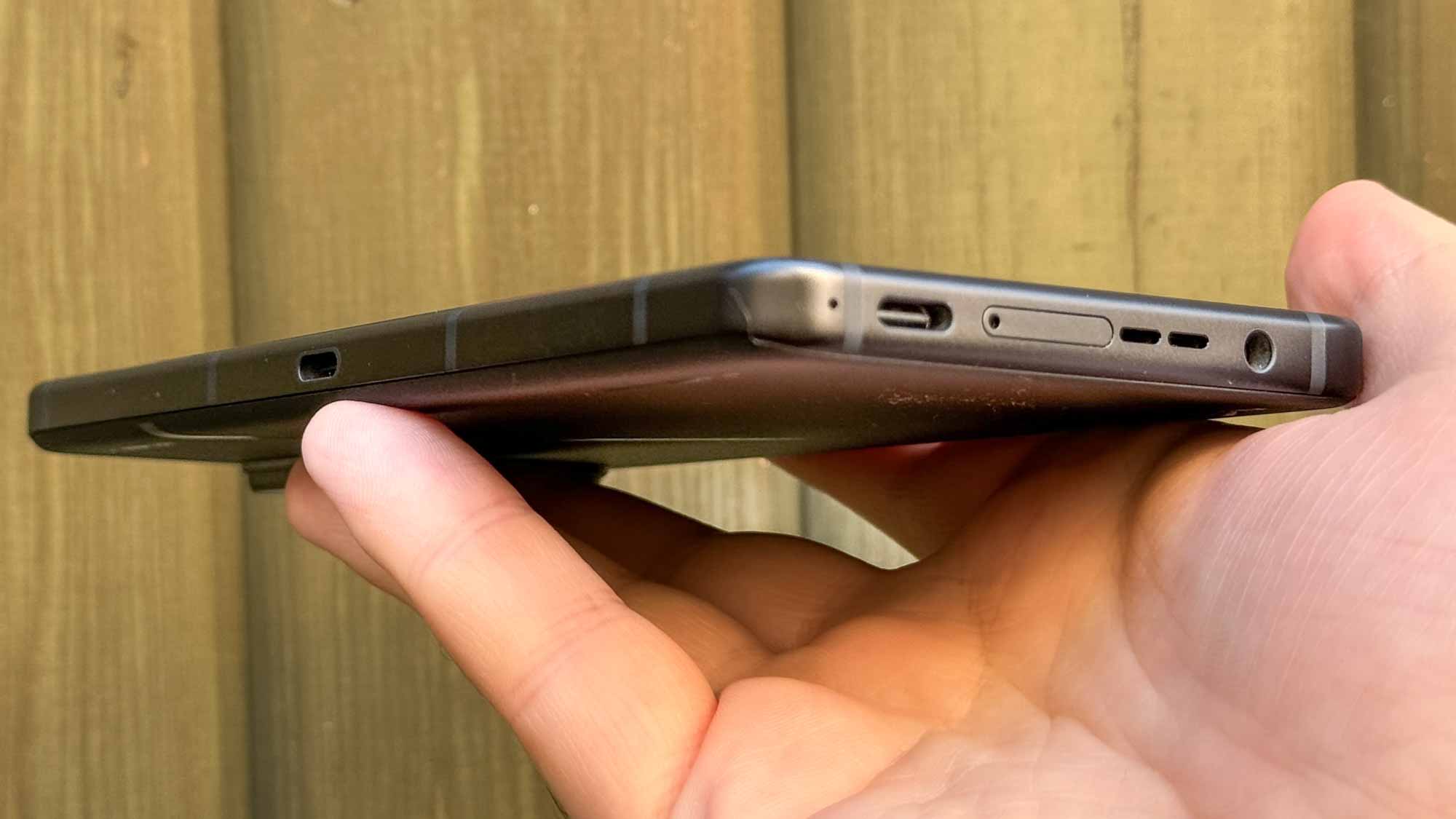
A 5,500 mAh battery in the Asus ROG Phone 8 and 8 Pro means we've got a smaller capacity than last year's 6,000 mAh ROG Phone 7. Hopefully this doesn't impact battery life too much, as the ROG Phone 7 Ultimate was our phone battery life champion for 2023, but if the phone lasts significantly less time on our battery test, we’ll know what to blame.
Fortunately, Asus’ 65W charging system is unchanged, which Asus promises will fill the phone from empty in 39 minutes. You also get 15W wireless charging for when you need a slower but cable-less top-up.
Asus ROG Phone 8: Software and special features

A new ROG Phone means a new clip-on cooler, and this time we have the AeroActive Cooler X, which comes by default with the most expensive Pro Edition version of the ROG Phone 8 but can also be bought for $100 separately.
When attached to the ROG Phone 8’s side USB-C port, the AeroActive Cooler enhances the improved internal passive cooling system even further, and can optionally unlock an even more powerful version of X Mode for maximum performance potential. It also comes with passthrough USB-C charging, a second headphone jack, a kickstand and two additional triggers on the back for you to use when gaming. Add in the two capacitive "AirTrigger" buttons included on the phone's left edge, and that's a lot of control customization.
On the software side, Asus is promoting the new ROG Phone’s Background mode for games. That way you can keep the grind going while using your phone for something else.
On top of that, there's AI-assisted automatic game clip recording for capturing all your best moments during play, and an AI grabber tool that lets you make quick web searches of on-screen text in your game. Sounds very useful if you need a walkthrough for how to deal with something new or unexpected.
All of this runs alongside Android 14, although Asus has once again done a good job of making the basic interface look less generic. What we’re less keen on is the software update schedule, which covers only two years of full updates and four years of security updates. That's severely lacking compared to the competition, all of which are now offering four years or more of full updates.
Asus ROG Phone 8: Outlook

As things stand, the Asus ROG Phone 8's pitch is very appealing. It'll in theory still offer all the mobile gaming comforts we're used to from previous ROG Phones, but with fewer sacrifices to the all-round performance that normal Android flagship phones provide so well.
Asus has certainly provided the specs required to meet this claim, although it's a shame the battery's had to shrink as a result. Plus the 32MP sensors taking 8MP shots thing is a little odd, at least on paper. But the ROG Phone 8 still has the key gaming credentials of a big bright display, the latest chipset and lots of RAM, so even if Asus’ gambit to pull in more typical smartphone buyers doesn’t work, gaming phone fans will hopefully still find a lot to like here.
More from Tom's Guide
- This amazingly small Android phone has features you won’t find on an iPhone, Samsung Galaxy or Pixel
- ChatGPT could replace Google Assistant on Android phones — code suggests OpenAI wants to give you a choice
- New malware attack is so nasty it can hijack your Google account using expired cookies — how to stay safe

Richard is based in London, covering news, reviews and how-tos for phones, tablets, gaming, and whatever else people need advice on. Following on from his MA in Magazine Journalism at the University of Sheffield, he's also written for WIRED U.K., The Register and Creative Bloq. When not at work, he's likely thinking about how to brew the perfect cup of specialty coffee.
